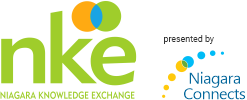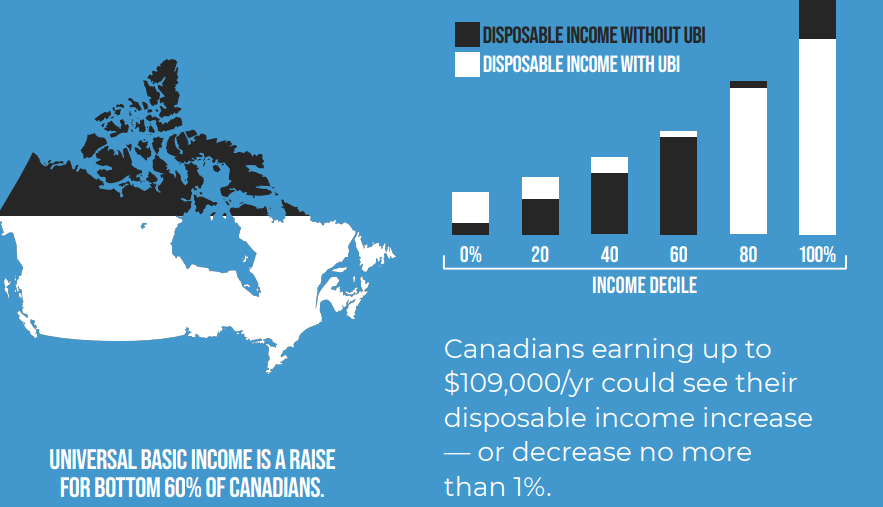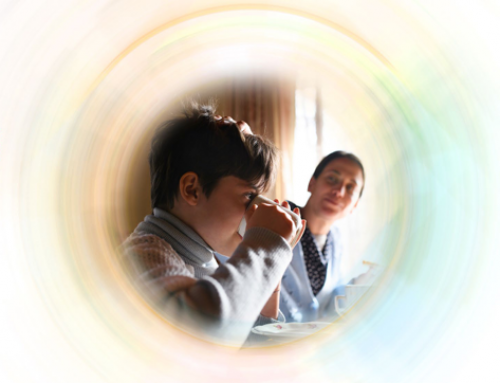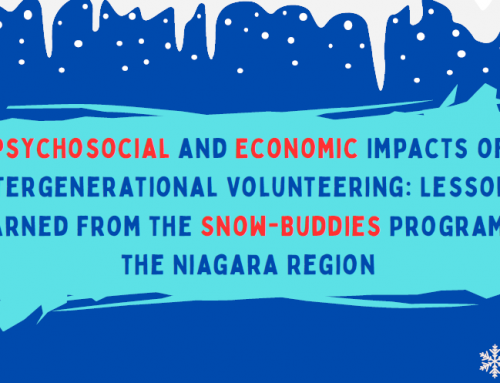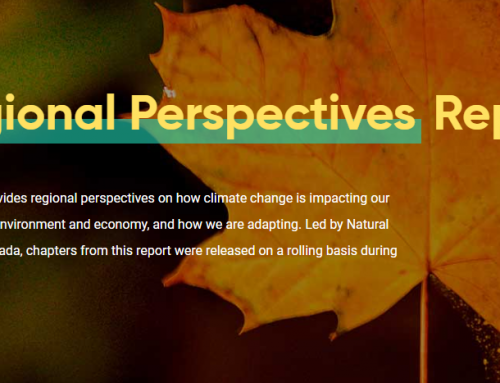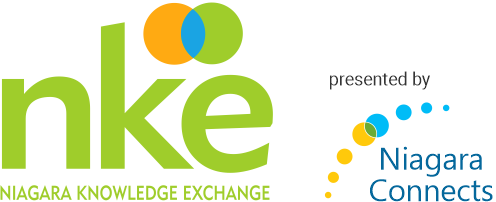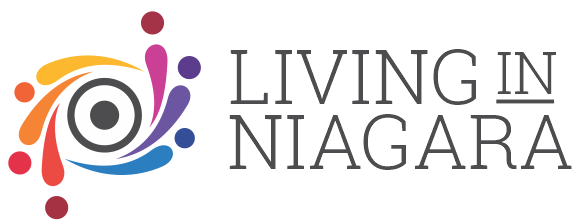Paying close attention to the evidence about Basic Income is a timely idea.
The new CANCEA – UBI report, Potential Economic Impacts and Reach of Basic Income Programs in Canada, states that Basic Income (BI) could kickstart Canada’s economic recovery, while ending poverty and growing the middle class. It shows that a BI program could be funded with a minimal tax increase, by using debt that can be paid down with new tax revenues generated by the program.
It could add $32 billion a year in gross operating surplus to Canada’s businesses within 5 years.
These are compelling statistics. If you are pressed for time, take a quick look at this infographic.
The BI topic was examined in Niagara in 2013 and 2014, including (then) Senator Hugh Segal speaking at the Niagara Community Foundation Leaders Breakfast., showing how a Guaranteed Annual Income Supplement “could be the efficient anti-poverty solution we’ve been seeking”. In 2020, Niagara Regional Council unanimously passed a motion to recommend that the federal and provincial governments engage in pilot projects to study policy innovations, including the study of a BI project in the Niagara region. A July 14, 2020 Niagara Region staff report informed the motion.
In 2012, Niagara Connects brought cross-sectoral leaders together to respond to the policy brief, “Are the Consequences of Poverty Holding Niagara Back?”, which shows that the consequences of poverty cost Niagara $1.38 billion/year, including both direct and indirect costs. As a partner in gathering the evidence behind the brief (going by our founding name, Niagara Research and Planning Council at the time), we understood that it provides a clear formula for all of us to think and invest in a new way, to improve quality of life for everyone in Niagara.
We asked people to think about strengthening Niagara’s economy as a simple equation: A + B = C, where:
“A” is a more vibrant, globally-connected, economically sustainable Niagara, which could be expressed as our ‘gross domestic product’;
“B” is development of people, measured in wellbeing, such as living standards, education, and healthy populations – eg. the Canadian Index of Wellbeing and the Living in Niagara quality of life report; and
“C” is the presence of the highest possible quality of life for everyone in Niagara.
This equation will only add up when we put equal energy into both “A” and “B”. Plenty of evidence points to the benefits, in terms of quality of life for all, of taking a holistic view when planning, so that we are able to arrive at “C”.
Being guided by the evidence will help us to get to “C”, and we will all benefit from reducing the impact of the consequences of poverty.
The call to action in the 2012 policy brief states “..the business sector in Niagara could help to design the investment plan in collaboration with community partners”. This aligns with what we’ve all seen play out during the COVID-19 pandemic, and the findings of the 2020 CANCEA study.
It remains important for us to bring people together, within and across the Living in Niagara Sectors, to share evidence, and take a holistic view in planning for our future.
If you are interested in learning more, contact us.
Mary Wiley
Niagara Connects Knowledge Mobilization Lead, INCommunities
niagaraconnects@incommunities.ca
